Young artists’ works to be presented at the “Heritage for the Future” exhibition
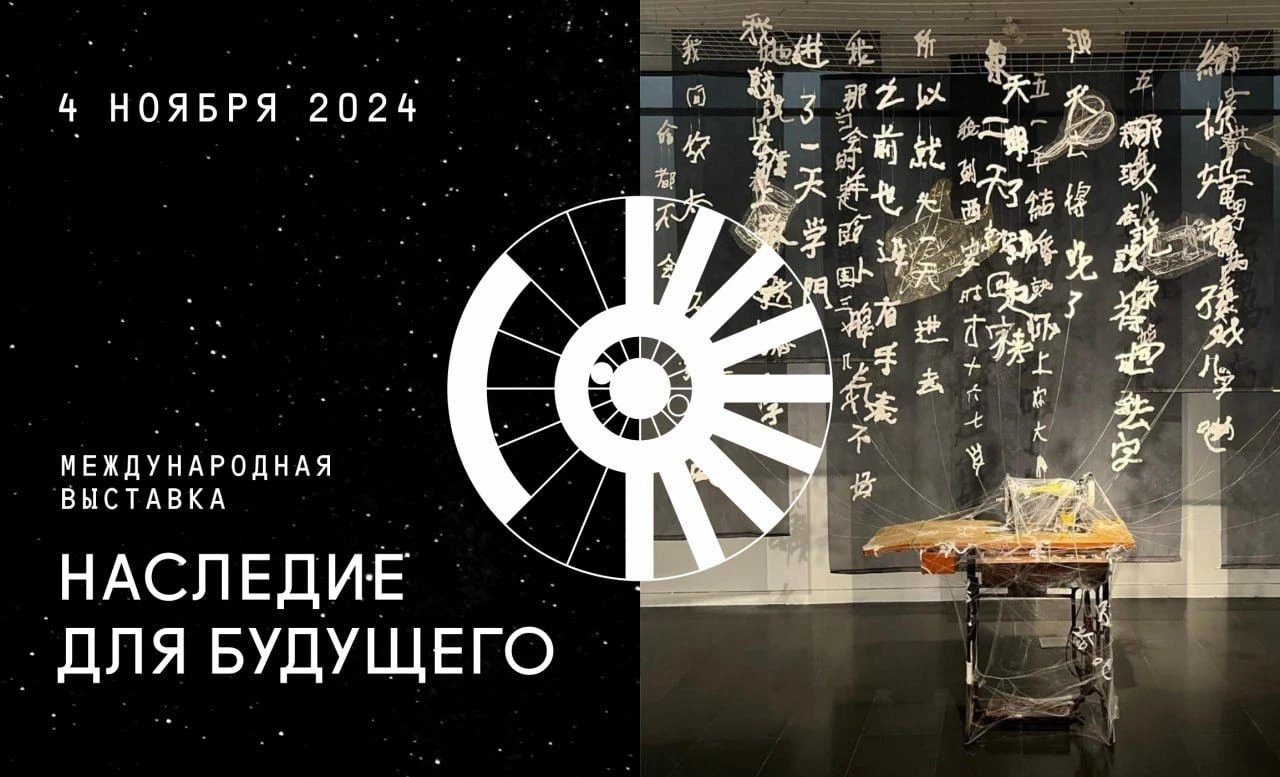
The “Heritage for the Future”
exhibition will open on November 4, marking the first exposition at the Russia
National Centre. It will feature works by young artists from Russia, China,
India, and Ethiopia. The curator of the exhibition, Semyon Mikhailovsky, rector
of the Ilya Repin St. Petersburg Academy of Arts, visited China and selected
the works together with co-curator, Rector of the Tianjin Academy of Fine Arts,
Qiu Zhijie.
“The Chinese
section of the exhibition has a wide geographical scope. We reviewed around
four hundred works by recent graduates from seven Academies of Fine Arts. These
include paintings, graphics, sculptures, and installations. Over 200 pieces
made it to the long list, from which we compiled a selection of interesting,
strong, and profound works for the exhibition,” Semyon
Mikhailovsky says.
Wang Hanjing
Everything in the world is
inextricably linked, capable of taking many forms and being full of color.
Through similarities, we can more or less bridge distances and loneliness, find
touching points and connections among tens of thousands of images, and marvel
at the randomness and magic of the universe. It is a romantic reunion that
spans time, space, and distance.
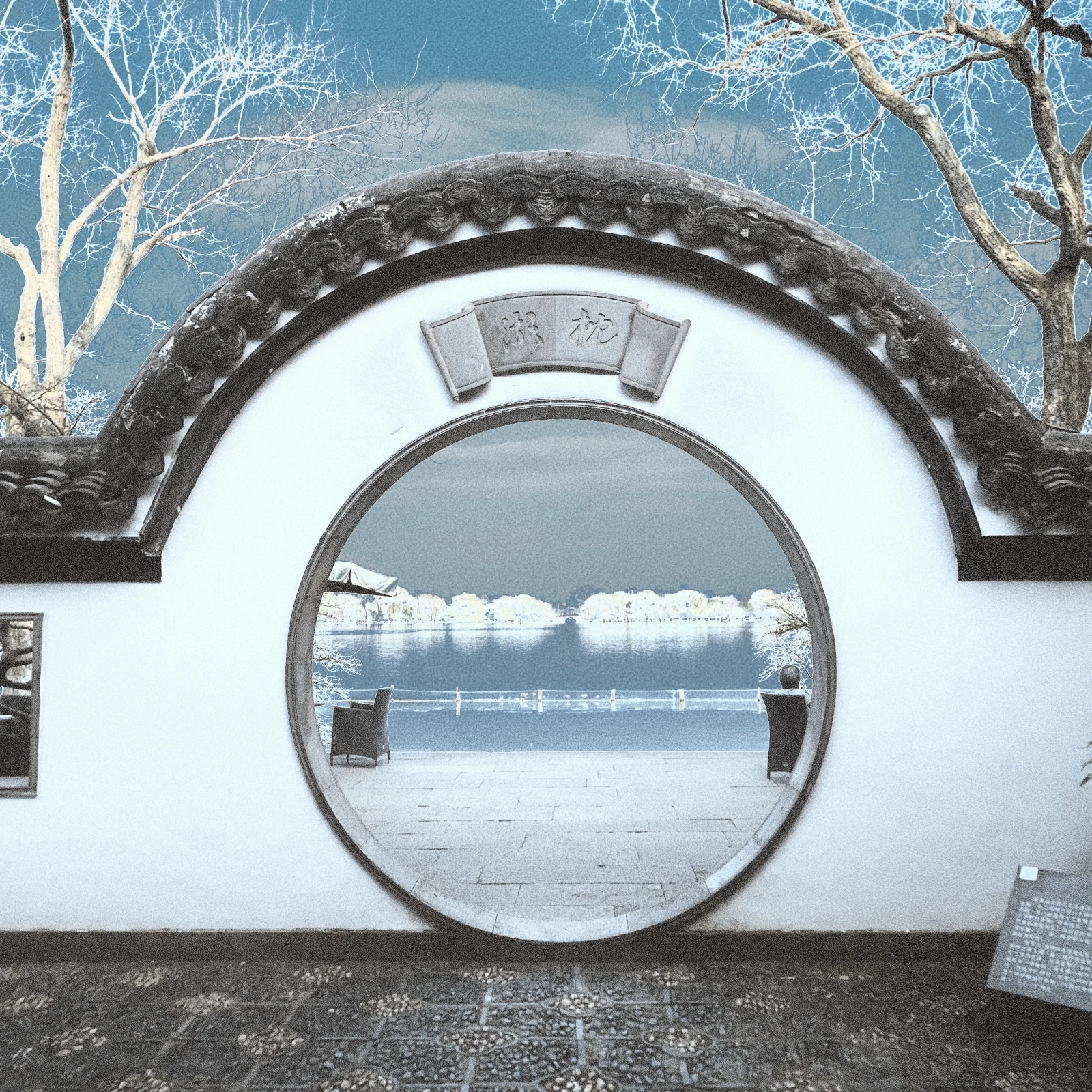
Zheng Mengze
Multidimensionality,
decentralization, and digitalization – these form the artist’s nonlinear
prediction for the future development of fashion. By surveying the dynamics of
human civilization and technology over the past 300 years, one can trace how
the properties of things change alongside the shifts in technological
paradigms. The relationship between the human body and clothing may eventually
extend beyond the connection between objects and people. Based on this premise,
the artist constructs and presents three stages of future clothing
transformation: intellectual, characterized by the ultimate functionality of
clothing; symbiotic, where genetically modified clothing parasitizes the human
body, becoming inseparable with it; autonomous, where clothing detaches from
the human body to exist, evolve, and self-replicate independently.
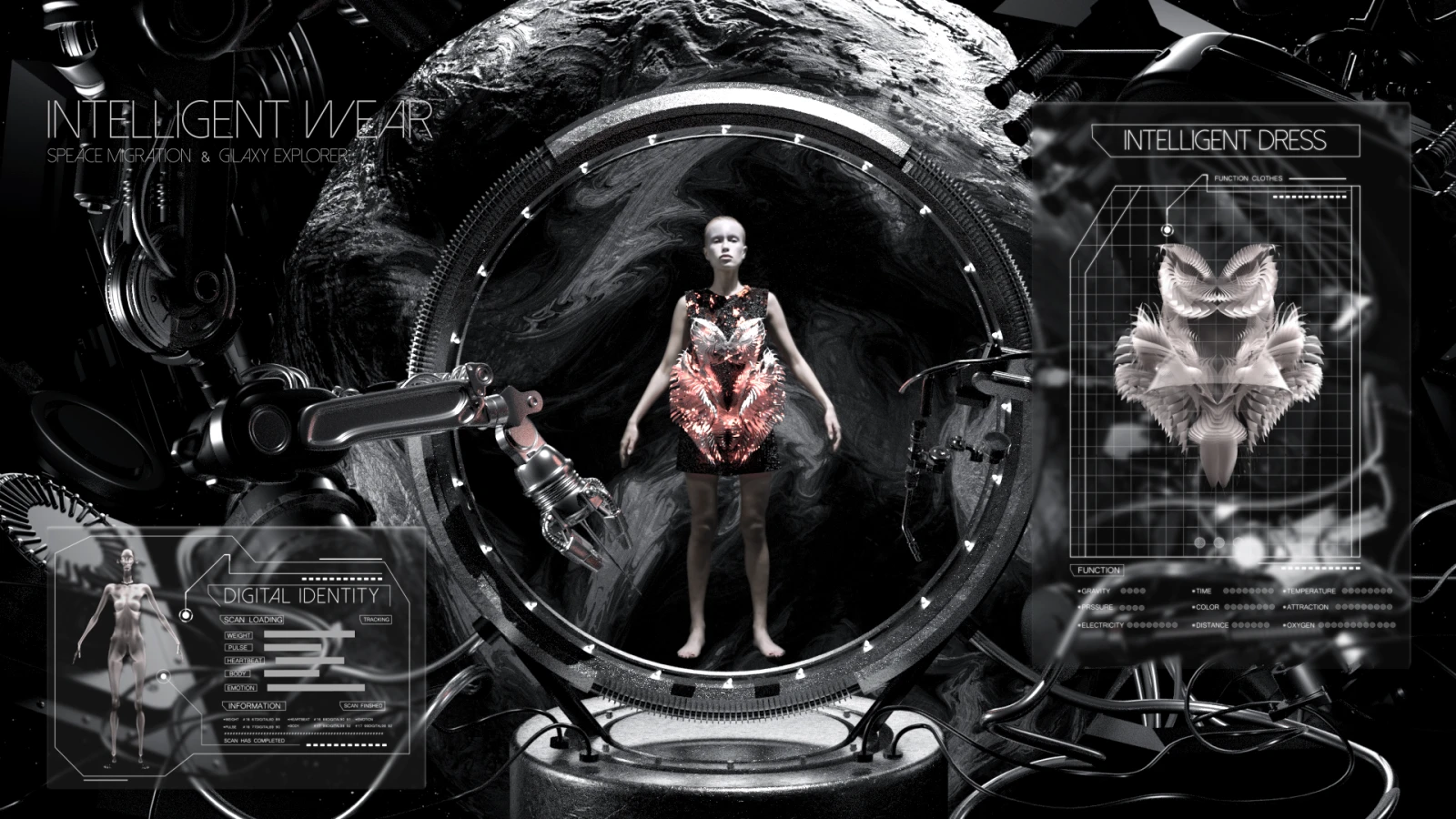
Ge Pengwei
Historical and cultural monuments
embody the connection between the past, present, and future. By overlaying
contemporary photographs of ancient monuments onto corresponding historical
images and then processing them in layers, the artist sought to make this
connection across time more visible and tangible to a certain extent.
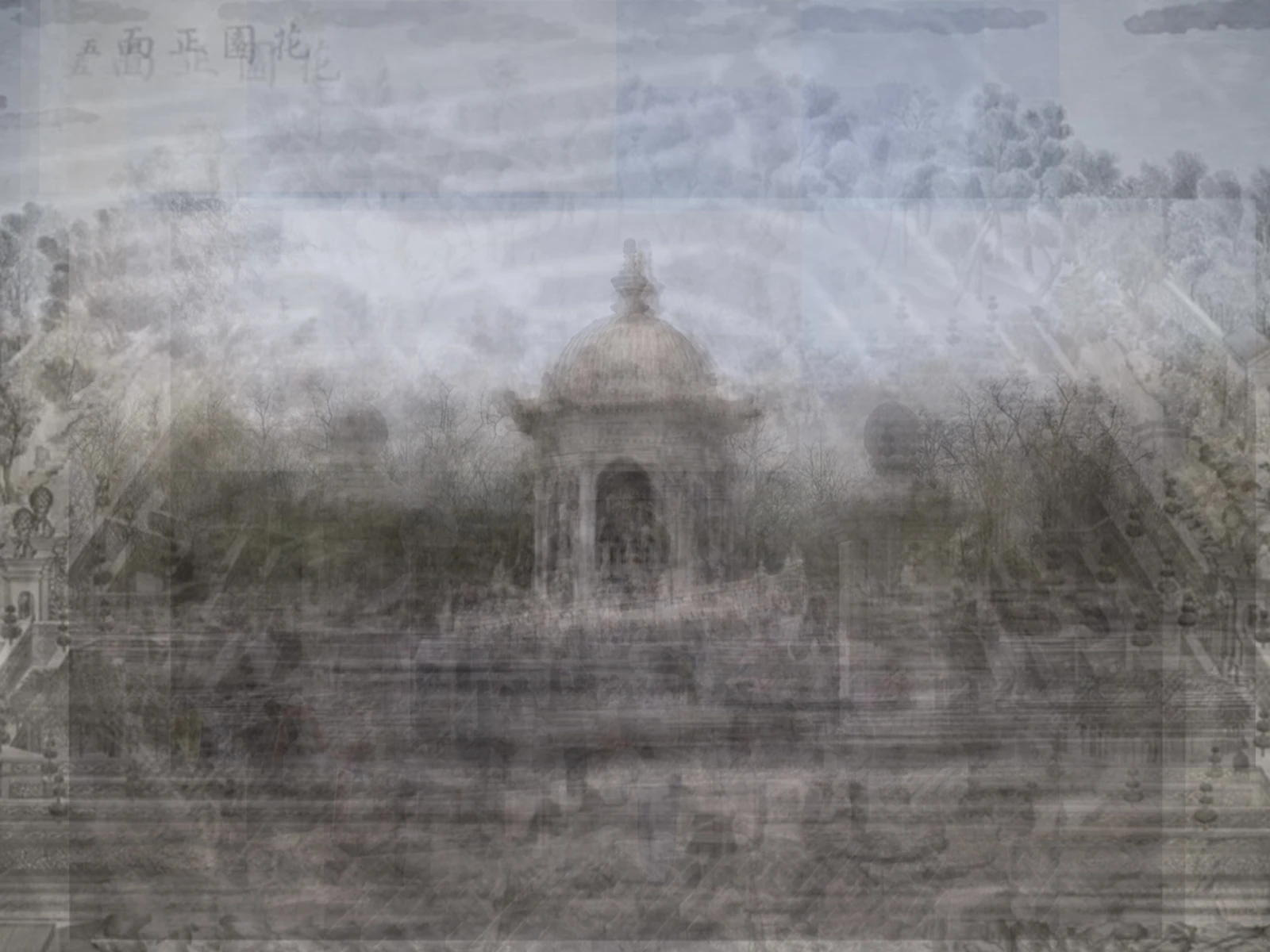
Han Yusha
The artist shared her deep
emotional connection with her grandmother, who, despite being illiterate, left
a significant impact on her life. In her artwork, created using embroidery on a
transparent base, she depicted the characters her grandmother wrote when she
first held a pen. The text was embroidered, with the characters standing out
from the surface of the fabric. The artist notes that her grandmother, in
simple words, told her a life story filled with love for life despite all the
hardships. The artist expressed hope that her work would help give voice to
illiterate women and share their life experiences.
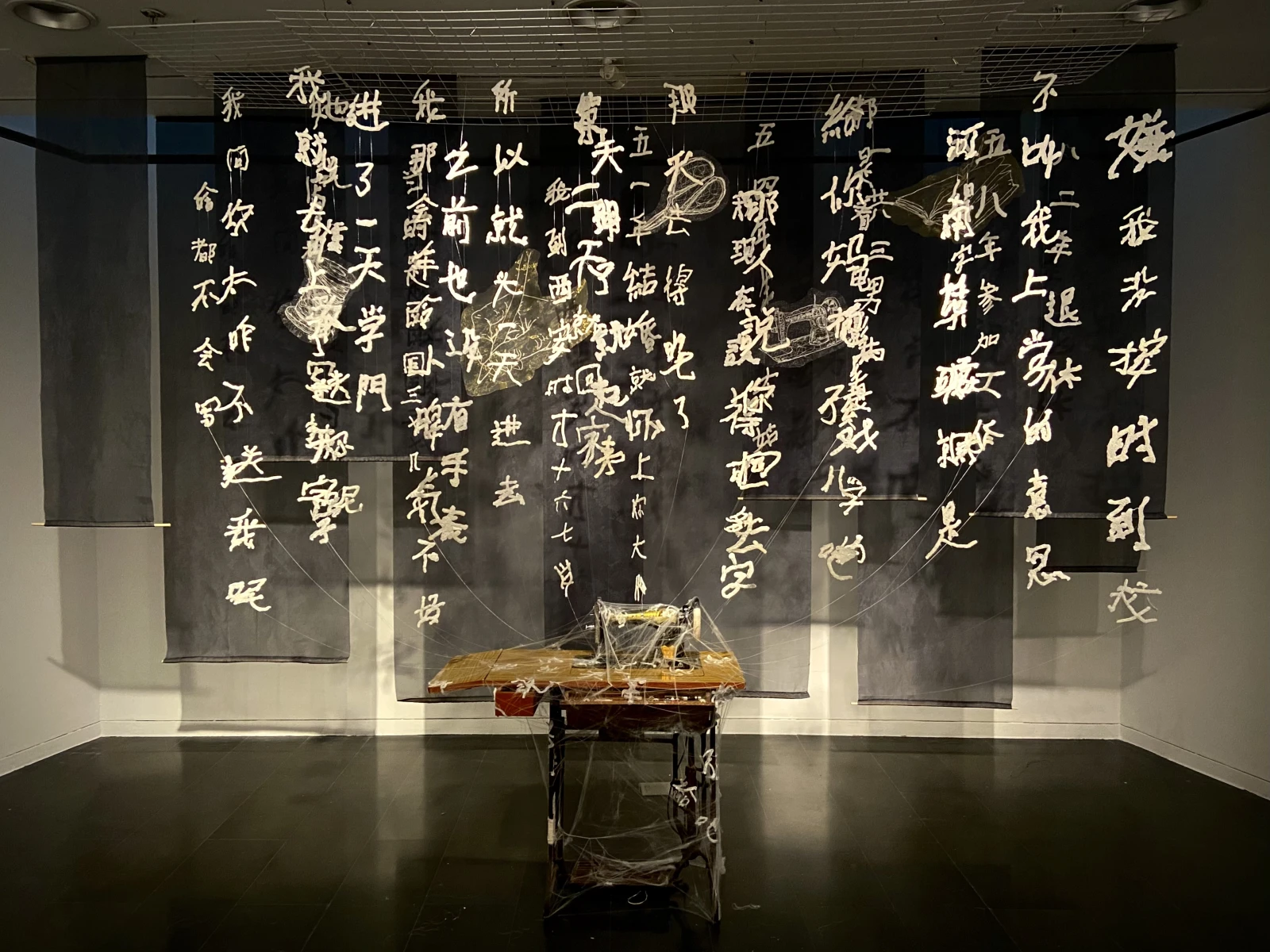
Zhou Zihan
Each composition consists of two
parts: one represents packaging made of glass that resembles bronze in texture,
and the other depicts the food stored inside, crafted from transparent glass.
The seemingly bronze packaging reflects the decay and pathology inherent in
fast-food culture, symbolizing the hidden falsehood and the pursuit of profit.
Meanwhile, the elongated food items made from transparent glass embody the
emptiness and cheapness of fast food.
On July 1, 2024, President Vladimir Putin signed an order establishing the
Russia National Centre to preserve the legacy of the
Exhibition and to showcase the country’s achievements on a permanent basis.
The International Symposium “Inventing the Future” will
be held on November 4-6 at the Russia National Centre. The symposium will bring
together scientists and researchers, futurists and forecasters, science fiction
writers, and government officials. Speakers include foreign experts from China
and Brazil.
The opening of the Symposium will
coincide with the launch of an exhibition supporting the idea of a dialog on
the future of the human-centered world.
The first chapter of the
exhibition will demonstrate the continuity of innovation, from the ideas of
visionaries and science fiction writers around the world to the accomplishments
of inventors. Its main goal is to inspire and encourage the pursuit of
invention and science fiction.
The second chapter will present
works by young artists from Russia, China, India, and Ethiopia elaborating on
the “Heritage for the Future” topic. Semyon Mikhailovsky, Rector of St.
Petersburg State Repin Academy of Fine Arts, is the curator of this exhibition.
The exhibition project claims that the future will be left to humans if we can
preserve our ability to dream, and find a creative approach to the future in
the form of a dialog.
The final chapter is a space
where the visitors themselves can become creators of the future, reflect on
existing ideas and propose new ones to improve the world. The main art object
is simultaneously a lecture – a space of dialog, the pinnacle of the exhibition
project, and is aimed at making each visitor think about the common future.
The exhibition will allow each visitor to realize the
importance of personal contribution to the future and inspire a desire to be
part of its creation.
